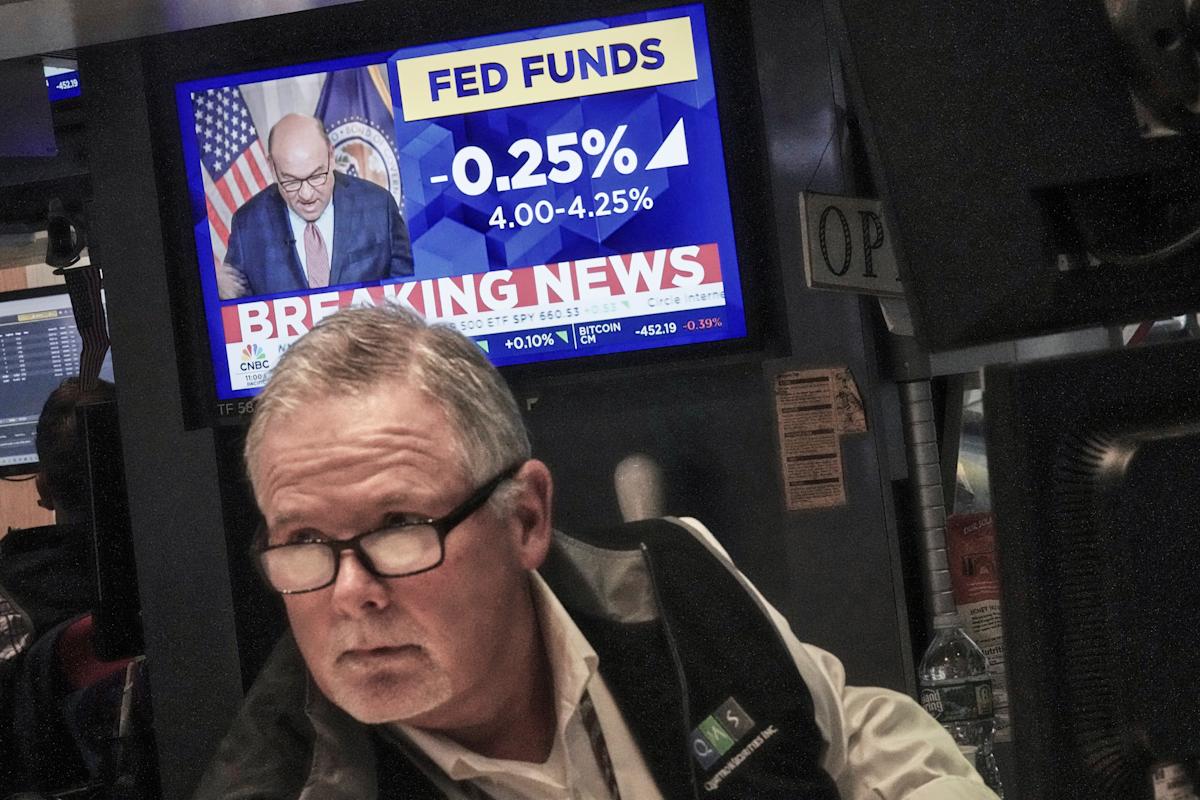The stock market is experiencing a significant shift as it finally achieves what many investors have long sought: easing monetary policy from the Federal Reserve. This pivot toward rate cuts has sent ripples of optimism across Wall Street, leading to record closes for major indices, including the Russell 2000, which recently achieved a new high for the first time since 2021. Investors are now left with one pressing question: "Now what?"
Current Landscape of the Stock Market
In recent months, a palpable sense of strength has emerged in the stock market. Investors are keenly aware of the positive financial headlines correlating with their portfolio gains. The long-anticipated rate cuts from the Fed have sparked a bullish wave, allowing traders to capitalize on this newfound financial latitude. The outlook appears buoyant, especially for small-cap stocks, which historically respond favorably to lower interest rates.
Beyond just small-cap stocks, the technology sector has also enjoyed robust gains. Notably, the market has seemingly brushed off competitive threats from foreign entities, such as the Chinese AI firm DeepSeek. The firm’s announcement regarding its cost-effective AI training model generated initial concern, but this angst quickly subsided as investors recognized the vast revenue opportunities within the tech industry and embraced robust partnerships, such as Intel’s collaboration with Nvidia.
The Fed’s Role and Future Predictions
The Federal Reserve’s recent decisions have been pivotal, but they have also contributed to a sense of uncertainty. While the rate cuts are a welcome relief, questions remain about the timing of future reductions and how many cuts are appropriate. The Fed’s latest dot plot revealed varied predictions among policymakers, with some, like newly appointed Federal Reserve governor Stephen Miran, suggesting as many as six cuts this year, while others remain cautiously optimistic.
The dual messaging from the Fed is noteworthy. On one hand, they have upgraded the growth outlook. On the other, they’ve flagged concerns about a weakening labor market, emphasizing their commitment to job protection amid ongoing inflation pressures. This juxtaposition of optimistic growth and caution raises alarms within the investment community regarding the Fed’s balancing act.
Market Reactions and Investor Sentiment
The market has responded positively to the Fed’s recent actions. Analysts have noted a considerable reduction in initial hesitation among investors following the announcement of rate cuts. The optimism is evident not just in stock prices but also in the general sentiment among investors, who are now weighing the implications of these cuts on long-term growth.
Despite the optimistic outlook, there’s an undeniable undercurrent of uncertainty. Investors often find themselves in a quandary: after achieving a long-desired goal, they are left pondering the trajectory moving forward. The recent remarks from Fed Chair Jerome Powell encapsulated this dilemma. While he expressed confidence in managing inflation, he acknowledged that "there are no risk-free paths now," highlighting the complexities of the current economic environment.
This uncertainty is compounded by conflicting economic signals. While some indicators suggest a stable or strengthening economy, concerns about persistent inflation and a potential cooling labor market loom large, making it difficult for investors to chart a clear course.
Evaluating Investment Strategies
With the stock market reaching new heights, it’s essential for investors to reassess their strategies. Here are several factors to consider:
Sector Selection: Tech stocks, in particular, appear to be a haven for growth potential. Their historical resilience during economic fluctuations makes them attractive under the current monetary policy landscape. Conversely, sectors like consumer staples may offer stability but might not provide the same capital appreciation.
Portfolio Diversification: As the market rallies, diversifying investments may help mitigate risks associated with any sector-specific downturns. Embracing a mix of assets can cushion against volatility while allowing for growth potential.
Monitoring Federal Policies: Keeping a close eye on the Fed’s future meetings and decisions will be critical. Changes in interest rates can have far-reaching implications for various sectors, and investors should remain agile to capitalize on these shifts.
- Long-term Perspectives: Short-term fluctuations are part of market dynamics. Adopting a long-term view may help weather immediate uncertainties while focusing on broader economic trends.
Conclusion: The Road Ahead
As the stock market celebrates its recent achievements, the prevailing sentiment now revolves around navigating the uncertain waters ahead. The Fed’s decision to cut rates has undeniably breathed life into the markets and ignited a wave of enthusiasm among investors. Yet, the need for clarity on future cuts, coupled with the mixed signals regarding economic health, creates an intriguing, albeit challenging, investment landscape.
Investors are encouraged to remain vigilant, taking stock of their positions and being prepared for potential adjustments. Embracing a proactive approach to investment strategy and remaining attuned to economic indicators will be crucial as we navigate these uncharted waters.
The question "now what?" will linger over the markets, but for savvy investors, it symbolizes not just uncertainty, but opportunity. The landscape may be complex, but within it lies the potential for continued growth and success. Balancing optimism with caution will be key as we all look to the future, adapting strategies to meet the evolving demands of the stock market.










